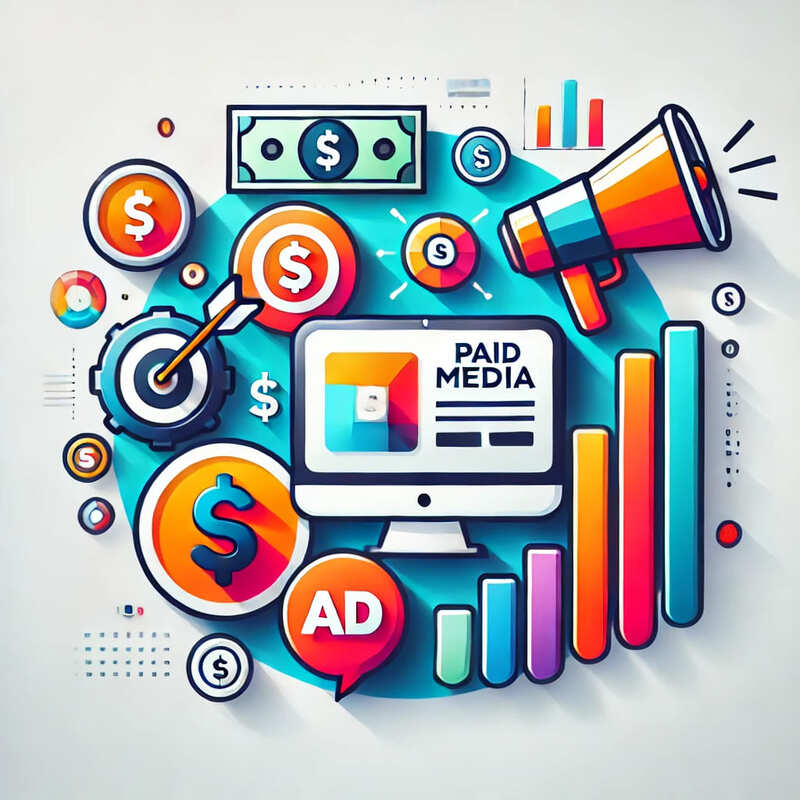
Introduction
Advertising is a cornerstone of marketing, responsible for disseminating messages to attract, inform, and engage target audiences. In the digital era, advertising has evolved to include not just traditional methods but also various forms of paid media. This article aims to provide an in-depth understanding of modern advertising practices, focusing on the role and impact of paid media in today’s marketing landscape.
The Importance of Advertising
Advertising serves multiple purposes:
Traditional Advertising
Digital Advertising
Native Advertising
What is Paid Media?
Paid media refers to any form of advertising that you pay for, as opposed to earned or owned media. It’s a way to promote content and drive exposure.
Types of Paid Media
Benefits of Paid Media
Best Practices
Popular Advertising Tools
Conclusion
Advertising is a multifaceted discipline that plays a crucial role in a brand’s visibility and revenue generation. Understanding the nuances between different forms of advertising and the role of paid media can help you craft a more effective and comprehensive marketing strategy.